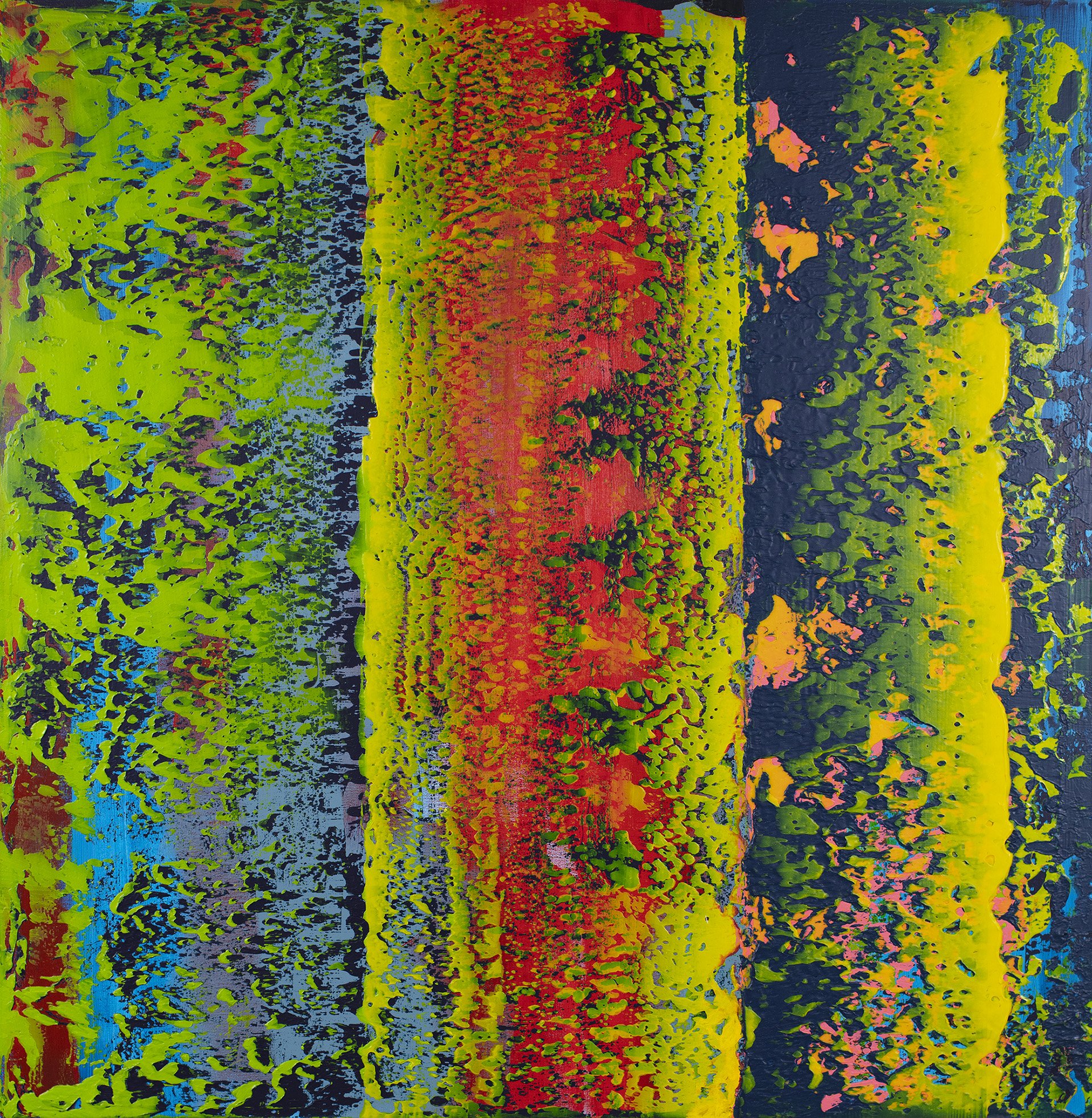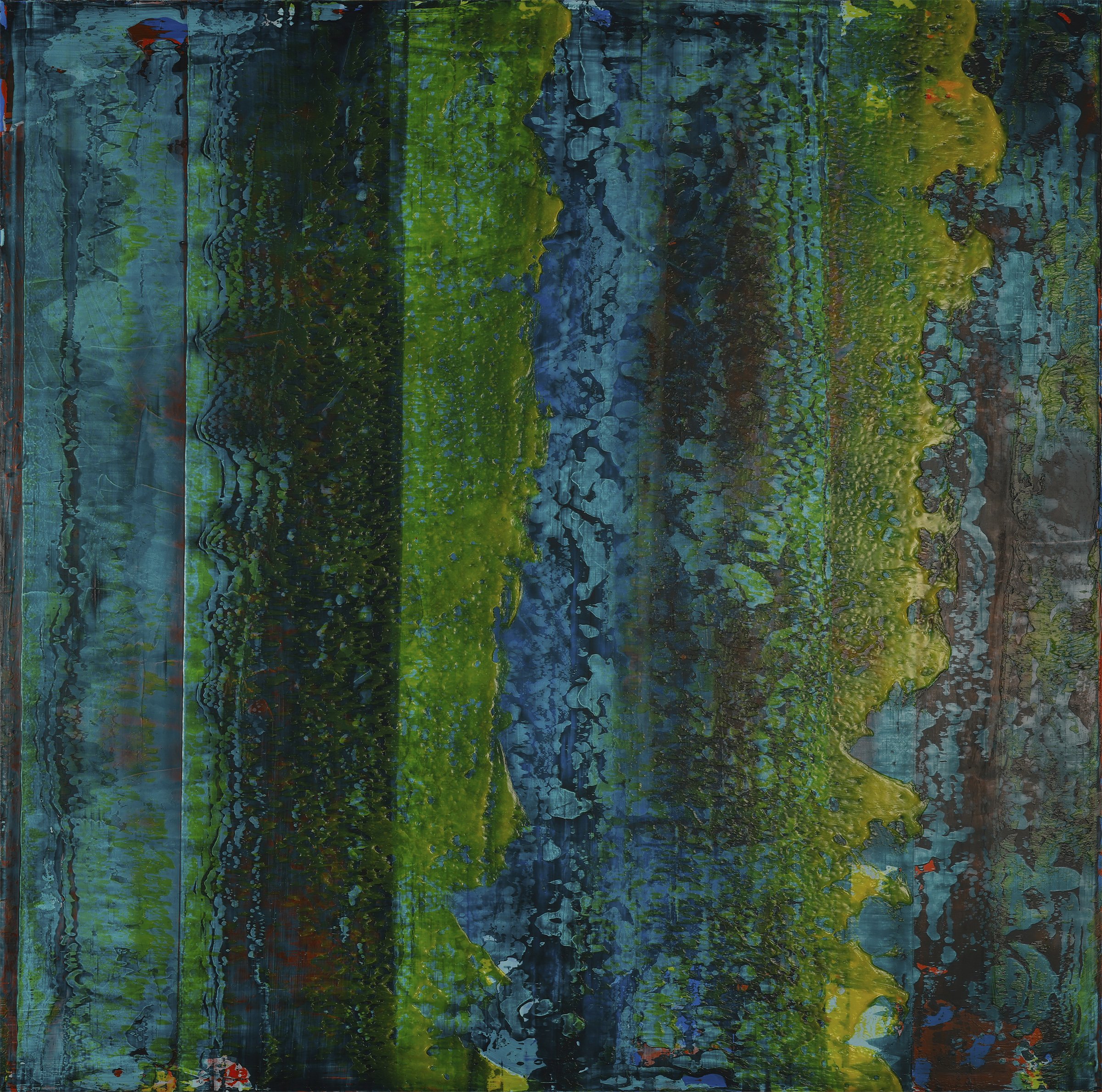Gregory Logan Dunn
Gregory Logan Dunn (b. Upland, California, 1968) recieved his A.A. from Montgomery College in Rockville in 1996 and his BFA from The Maryland Institute College of Art in Baltimore, Maryland in 1998. He has shown his work in the U.S. at Lost Origins Gallery in Washingtoin, D.C.; Galeria Azur in Miami, Florida; and Target Gallery in Alexandria, Virginia. He is reprersented in China, Macao, and Hong Kong exclusively by Yudian Art Gallery in Hangzhou, China; and has shown work physically and digitally in the UK, Italy, Spain, and Monaco. He spent most of his life residing in Maryland before moving to Virginia in 2020. He currently resides in Fairfax, Virginia, and keeps his studio at the Torpedo Factory in Alexandria, Virginia where he has been an Artist Pro Tem in residence since 2022. Dunn was diagnosed as having Bipolar Disorder 1, more commonly known as “manic depression” in 2010. He made this information public in May of 2023 to coincide with Mental Health Awareness Month in the U.S. to raise awareness for mental health as well as show solidarity and support for other artists and individuals struggling with mental illness.
Please tell us more about your background and how you began creating art?
I was born in California in 1968 and from an early age I was drawing. I don’t really remember a time when I wasn’t. My family moved to the Washington D.C. area in 1976. Throughout my youth I was keeping sketchbooks. I was really interested in comic book art and graphic novels. In my teens I started to look at figurative artists and painters like Egon Schiele, Lucian Freud and Francis Bacon. The Smithsonian museums and The National Gallery of Art and the Hirshorn Museum were frequent haunts. I was exposed to a number of different types of art and artists through my visits there. I didn’t start painting until I attended school years later in my late 20’s. I attended Montgomery College in Rockville and took painting courses but transferred in to the Maryland Institute, College of Art in 1996 with mostly sculpture in my portfolio. But it was there that I felt really compelled to paint. I took a lot of Independent Study there and all I did was paint. It was there I became focused on abstract painting.
What does your art aim to say to the viewers?
I incorporate different themes in to my work, but I think the main theme throughout is the evolution of the human spirit in crisis, or the endeavor of people to reach a level of self actualization where they are able to focus on the spiritual aspect of their exisitence. Once we are able to do that, we are able to manage other endeavors much more easily. We can focus on things like climate change, humanitarian efforts, and other ways we can improve the world for the future. I think it is difficult to do these things when we are mired in the 24-7 all access hedonism of the 21st century. I reference these things as it pertains to others and the human race at large but I also reference myself. How I can grow and change. Because I am not exempt from said hedonism.
Do you have an essential philosophy that guides you in your creative expression?
Make a good painting. And then make a another one. I don’t think it is enough to make something that looks pretty or interesting. It has to be compelling to be a work of art and transcend simply being an image or even a painting. The work that I create that compels people to stop and look at the work, ask questions about it because they are motivated to understand better something that has resonated with them is the work that I think is truly successful. In order to do this I feel like I have to push the artwork past the limits where I am comfortable with it into a place of difficulty where a resolution to the art can be challenging. I feel like the work I struggle with the most tends to be the work that has the greatest impact on viewers.
What art marketing activity do you put into practice regularly that works most successfully for you?
For better or for worse, social media is a necessary evil for the 21st century artist. I have grown my Instagram account to the point where it has a lot of benefit to me as an artist. I post photos of myself and my art on Instagram but incorporating videos or “Reels” of myself actually creating artwork has generated a lot of interest in my work and my account. It puts the work into a new context when people can see me to scale with the artwork versus the static image in the form of a digital file. Both are important to display on social media to create a well developed profile. This has been successful in the regard that it has introduced me to new clients, galleries and collaborators.
Can you tell us about the process of creating your work?
I usually start with an individual color that covers the entire field of the canvas. I usually choose something just so I can get started but it is also important because it is going to be the foundation color for the palette of the painting. I also want to cover up any evidence of the canvas or strata itself. Because I feel like if its left this is a distraction. So the surface and the color I begin with are very important because the way I work these will be revealed throughout the process of the painting as well as the finished product. The reason I say this is because of the way I paint. After this foundation has been created I begin to apply subsequent layers of paint using a large piece of plexi-glass attached to a wooden handle; a tool that is probably best known for it’s use by Gerhard Richter. Using this tool I build up layers of paint on the canvas, thin at first, before becoming thicker and heavier as the painting progresses. Applying the paint in this way creates a very chaotic and random application, with many holes, rents and fissures appearing in the paint that reveal the previous layers underneath. Working this way the entire history of the artwork itself is on display sometimes.
How much planning goes into each artwork?
There is a lot of planning that is imagined prior to starting a painting as to what the painting might be that is often unrealized because the work inevitably evolves into something else entirely. I don’t try to do any sketches or preliminary paintings before starting. There is an old joke “If you want to hear God laugh, tell him your plans.”. So I try to keep an open mind and keep my mouth shut during the process. That being said, I use a lot of paint, and I have to plan for what I need on hand during the execution of any particular work. I dont’ want to have to stop working because I ran out of one material or another because that really interrupts my process. So planning what I am going to need for an artwork is really important.
What’s the essential element in your art?
For me it’s the energy in any particular work. As painter my tools are color and form and I have to create energy to marry those two elements to make a painting successful. There is no right or wrong way to do this. The energy might be very dynamic and powerful or it can be quiet and seething. But in order for the dialogue between art and artist to be consummated, a dialogue that then extends itself to a larger conversation when viewed by a greater audience as a finished piece; that energy has to be present in the work in order to create that resonance that speaks to the viewer.
What is your daily routine when working?
I don’t really have a routine. Except that I go to the studio almost everyday. Right now I am an Artist Pro Tem at the Torpedo Factory in Alexandria, Virginia, about halfway through a one year residency there. I go to the studio everyday and my studio is open to the public for certain hours during the week. I have a lot of my work on display there, completed work and projects I am working on. So I go to work and I might have any number of tasks to do that really don’t have anything to do directly with making art like emails, social media, conversations with visitors and other artists. But I spend a lot of time in dialogue about art this way. And I spend a lot of time around the solutions I have created in the form of finished work and problems I am currently experiencing in the form of works in process. I contemplate things a great deal. I get ideas about how to resolve problems and then I go about making a plan on how to approach these resolutions. I think it might be worth mentioning that I have bipolar disorder, so sometimes working on art or getting ready to work on art means I am dealing with a lot of anxiety, racing thoughts, confusion, depression, excitement. These can hinder the start of an artwork or even some of the more mundane tasks I mentioned. My desire is always to push forward but sometimes I have to stop and take care of myself in order to proceed. Sometimes I have to stop and wait rather than work and this can be a sound decision that is also depressing, because I want to work. Gerhard Richter said that learning to be a good painter means “learning how to paint on a bad day.”. I am often in that situation, but I also have to ascertain if I am able to pursue that endeavor. Sometimes I’m not. But the more time I spend in the studio and actually spend painting is when I am the happiest, when I am at my best, and when I am learning and growing. And it changes every day.












